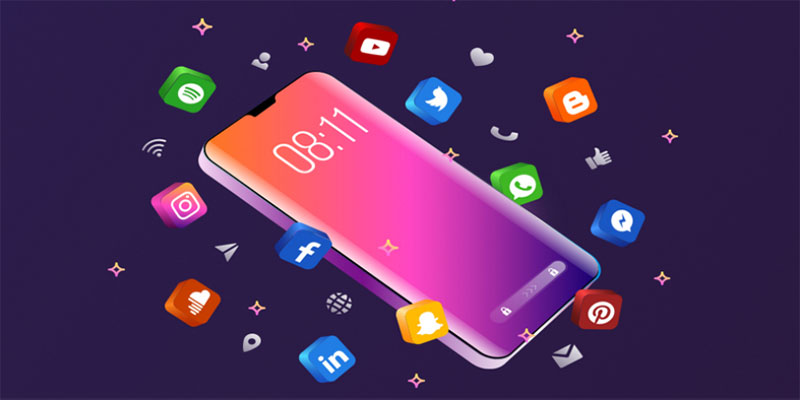Millions of people around the world suffer from the long-term effects of Type 2 Diabetes. It can be difficult to keep up with the demands of managing this disease, which includes careful attention to diet, exercise, and medication. Technology advancements have improved the lives of those with Type 2 Diabetes by dramatically altering the disease's treatment and management. Technology assists those with Type 2 Diabetes in various ways, including glucose monitoring tools, mobile apps, telemedicine, wearable devices, online communities, and artificial intelligence. More efficient disease management is made possible by the availability of real-time data, individualized recommendations, and patient support networks, all made possible by today's technological advancements.
Continuous glucose monitoring (CGM) systems and other glucose monitors give patients and their healthcare teams real-time information on their blood sugar levels. Patients can keep tabs on their blood sugar levels, food intake, and medication administration with the help of mobile apps. With the help of telemedicine, patients can now have virtual appointments with their doctors. In addition to recording steps taken, heart rates, and even sleep patterns, wearable technology can also record other types of physical activity. Through the internet, patients can find a community of people who understand what they're going through. This article will discuss how technology benefits those with Type 2 diabetes. Those with Type 2 Diabetes can enhance their health and well-being by using these technological advancements in disease management.
Devices to Monitor Your Glucose
To manage their condition, people with Type 2 Diabetes need to use blood glucose monitoring devices. Diabetic patients can use these gadgets to monitor their blood sugar levels and make necessary dietary and drug adjustments. Technological advancements have made smaller, more accurate, and more user-friendly glucose monitoring devices available. Continuous glucose monitoring (CGM) systems are one example of devices that can monitor a person's blood sugar levels and relay that information in real-time to the patient and their healthcare team.
Mobile Apps

The use of mobile apps to monitor and control Type 2 Diabetes has been a game-changer for those affected by the disease. Patients with diabetes can use one of many available apps to monitor their blood sugar levels, keep a food diary, and record their medication dosages. Patients can make positive changes to their lifestyle by following the advice provided by these apps, which are based on their data.
Telemedicine
While the COVID-19 pandemic may have stoked interest in telemedicine, it has also proven useful for those with Type 2 Diabetes. With the help of telemedicine, patients can now have virtual appointments with their doctors. Patients in rural areas or those with trouble traveling will benefit greatly. With telemedicine, patients and doctors can have better, more convenient conversations about care.
Wearable Devices
Smartwatches and fitness trackers are just two examples of the widespread adoption of wearable technology in recent years. These gadgets can monitor your heart rate, sleep patterns, and physical activity levels. These gadgets can help people with Type 2 Diabetes monitor their activity levels and make informed decisions about their health. Wearable devices can monitor blood sugar levels, and alerts for high or low levels can be sent if necessary.
Online Communities
Although dealing with Type 2 Diabetes can be trying, patients can find solace in online support groups. Patients can find a sense of community and belong through online forums and social media groups where they can talk to people who have been through similar situations. Patients can benefit greatly from the knowledge and support that these groups can provide.
Artificial Intelligence

The way Type 2 Diabetes is treated may be drastically altered by the application of artificial intelligence (AI). In the medical field, AI algorithms can sift through mountains of data to make specific, actionable suggestions to patients and doctors. Artificial intelligence (AI) can examine data such as a patient's blood sugar levels, medications, and diet to make informed recommendations for better health. Healthcare providers can benefit from AI's ability to spot patterns in patient data that might otherwise go unnoticed, as this can lead to more precise diagnoses and enhanced treatment strategies.
Conclusion
Technological advancements have significantly contributed to the quality of life for people with Type 2 Diabetes. Patient outcomes and quality of life have improved thanks to glucose monitors, mobile apps, telemedicine, wearable devices, online communities, and artificial intelligence. More efficient disease management is made possible by the availability of real-time data, individualized recommendations, and patient support networks, all made possible by today's technological advancements. We can anticipate further improvements in diabetes management as technology develops. Technological advancements have enabled people with Type 2 Diabetes to better manage their condition and improve their quality of life.







